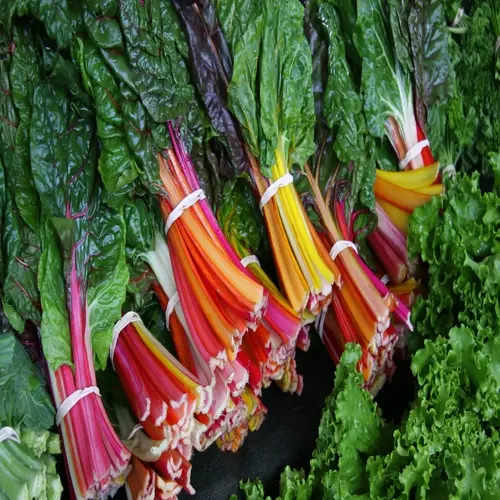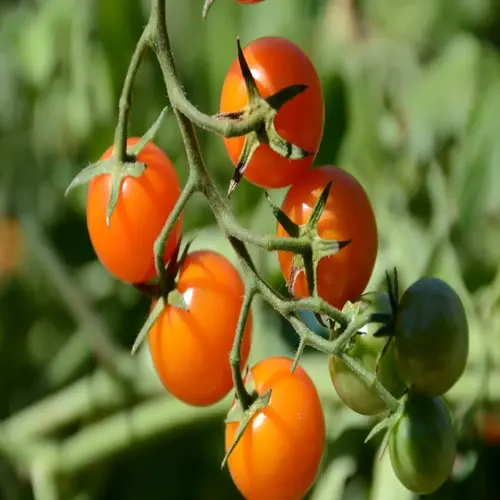How long does clay soil improvement take?

Written by
Paul Reynolds
Reviewed by
Prof. Martin Thorne, Ph.D.Enhancing clay soil requires concerted effort over several years, and in clay soils, the improvements are apparent only gradually. The 3-5 year timeframe allows soil ecosystems to become established via biological processes. From my experience, the first two seasons showed improvement in my garden, but year four was the optimal one. Your patience yields soil that is self-sustaining, with a reduced need for your input.
Year 1: Foundation Building
- Apply 4-6 inches of compost across entire planting area
- Plant deep-rooted cover crops like daikon radish
- Establish permanent garden paths to prevent compaction
- Expect minor texture improvement but limited drainage change
Years 2-3: Structural Development
- Continue annual compost applications at reduced 2-3 inch depth
- Rotate cover crops between legumes and grasses
- Observe increased earthworm activity and soil aggregation
- Notice better water infiltration and root penetration
Cover crops can speed up amelioration by introducing organic matter with high carbon content, and breaking up subsoil. I plant winter rye and hairy vetch every year for nitrogen fixation. Termination is done by mowing or using a roller crimper when flowers are present. Your soil achieves structure through the actions of worms and channels made by voles or roots, alternately followed by decomposed biomass.
No-dig methods do not compromise or destroy developing soil structure as tillage does. Adding compost to the surface allows earthworms to naturally integrate it into the soil, as there is no disturbance. I have bed systems that maintain pore spaces for water movement without disturbing the soil. In undisturbed sites are ideal for microbial communities to thrive.
Track progress by using biological indicators, such as counting earthworms and measuring the depth of roots. I measure progress by how deeply tomato roots grow each year. Your observations will help you make adjustments to how often you amend and what plants you choose.
Following year three, maintenance phases will begin, with less reliance upon the input of compost. Established ecosystems require fertility to be sustained through natural cycles. Now, my own garden produces abundantly with minimal input. Your early input of consistent effort will yield long-lasting benefits for soil health.
Read the full article: How to Improve Clay Soil: Essential Steps

